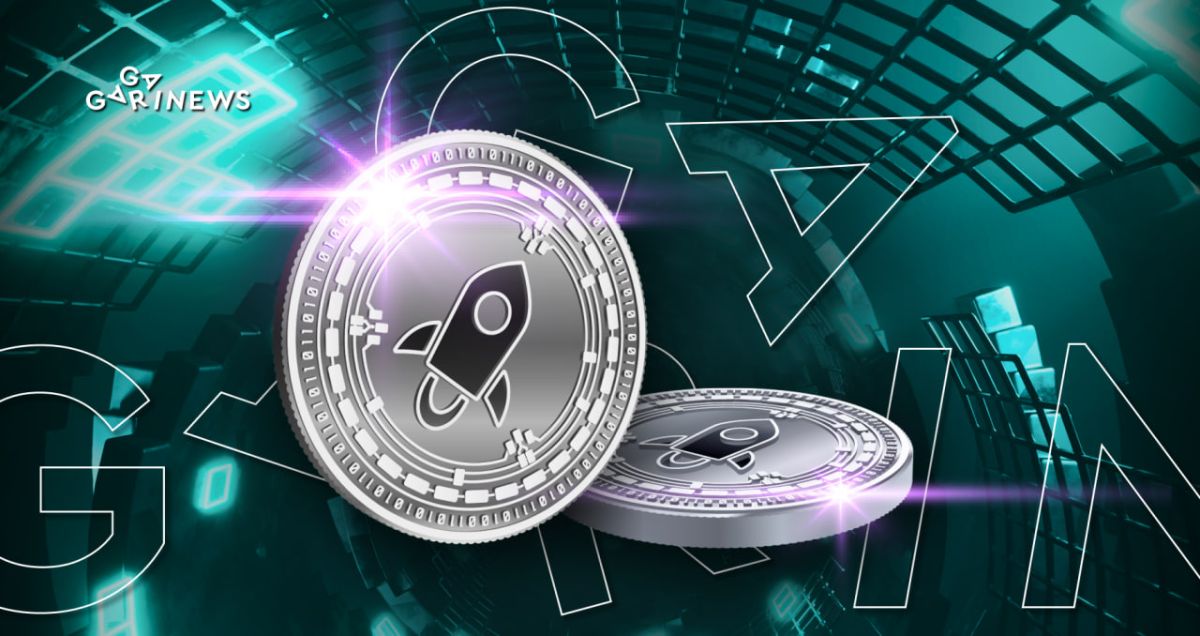An Overview of the Stellar Network and Lumens (XLM)

The Stellar network and its native coin XLM have gained popularity for their fast and low-cost transfers, competition with Ripple, and collaboration with the globally recognized payment system, MoneyGram.
On this page
The Stellar network is adaptable for any integration and focused on enabling fast, affordable, and secure international transfers. In over eight years on the market, the project has evolved from a startup to a full-fledged open ecosystem with a platform for tokenizing assets, some of which have become quite popular.
What is the Stellar Lumen (XLM) cryptocurrency?
The Stellar blockchain allows for the creation, transfer, and exchange of digital representations of all forms of money – from fiat currencies and securities to real estate. While the Bitcoin network was created solely for Bitcoin transactions, Stellar is a decentralized system that is perfect for trading and exchanging any type of value.
The main advantage of the Stellar Lumen blockchain is the ability to issue your own tokens. In fact, writing code on this platform is much easier than on Ethereum because you can use any programming language, not just specialized ones.
The founders and the history of Stellar Lumen
In 2014, Joyce Kim and Jed McCaleb created the cryptocurrency Stellar Lumens as a fork of the Ripple blockchain. Jed left his position as Ripple’s CTO to prove to himself and others that it was possible to create a more decentralized currency that would surpass previous projects. In some ways, the story of Stellar and Ripple is similar to the rivalry between Bitcoin and Litecoin.
Many other members of the crypto community also criticized the Ripple network's principles. The fact is that at the time of the founding of the XRP project, it had a closed source code, the majority of coins belonged to developers, and the servers were owned by Ripple Labs. This approach contradicted the principles of decentralization, which is a characteristic feature of all public digital assets built on open-source code and a branching network of autonomous decentralized nodes.
In 2013, the Ripple team finally took the leap to open the source code of their coin. This move helped to reduce the level of distrust to some extent, but a certain part of the core team continued to insist on creating a fork. In their opinion, it was impossible to solve the problems that had accumulated and served as a stop factor for the further development of the Ripple project. Thus, a new cryptocurrency called Stellar Lumen emerged.
Initially, the new coin used an imperfect Ripple network, but fairly quickly, in 2015, it migrated to its own blockchain with the Stellar Consensus Protocol (SCP) algorithm. This algorithm is based on the federated Byzantine agreement, which guarantees the security of the network in case of irrational behavior and requires minimal computational resources from nodes in the network. The operating mechanism involves achieving consensus in a dynamic distributed network. Stellar experts claim that SCP is more advanced than Proof-of-Work due to its better configuration, speed, and energy efficiency.
Since the introduction of the SCP blockchain, the popularity of the new cryptocurrency has begun to grow confidently.
Platform features and its integration mechanisms
Integration of financial organizations and payment systems with the Stellar platform is made possible through the Horizon API server. This enables easy transfers, balance checking, and notification of transaction statuses. Since everything is based on the simple HTTP protocol, Horizon can be accessed via web browsers and command lines, using your preferred programming language.
Stellar supports JavaScript and Java, as well as a number of SDKs for different programming languages, to connect with Horizon. Each Horizon server connects to the Stellar Core network to check and validate transactions using the Stellar Consensus Protocol. The Stellar Core network itself consists of nodes deployed by organizations and users all around the world.
The Stellar network has three types of nodes:
- Watcher nodes only submit transactions to the network;
- Validator nodes participate in the SCP voting process, validate transactions, and create new blocks;
- Archiver nodes publish the activities and maintain the Stellar blockchain in an up-to-date state.
The decentralization mechanism, implemented by SCP, makes the network reliable and secure. By the way, the negligible default fee for each XLM operation in the amount of 0.00001 XLM is only meant to protect against transaction spam.
Current performance indicators
Stellar Lumen is among the top 30 cryptocurrencies by market cap on CoinMarketCap (#28). The number of wallets has exceeded 7 million, and over 26.3 billion XLM has been issued out of a planned 50 billion.
Stellar has a high-quality portfolio of collaborations and partnerships. The most well-known partner brands include the international cash transfer system MoneyGram, software corporation IBM, and the globally recognized consulting and auditing firm Deloitte. MoneyGram carries out transactions with the USDC stablecoin using the Stellar blockchain.
Thanks to its partnership with Stellar, MoneyGram transfers have become faster.
To develop the project, the non-profit Stellar Development Foundation was created. Its founders cannot receive dividends for their participation in the activity or sell the foundation's shares.
Advantages and disadvantages
In an effort to improve upon the shortcomings of the parent asset, the Stellar network has gained the following advantages:
- Open-source code and a push towards maximum network decentralization
- Equality of all participants
- High blockchain throughput capacity (up to 1000 transactions per second)
- Fast transfers (coins are credited to the wallet within five seconds of creating a payment)
- Low transaction fees (less than one cent in equivalent value)
- Wide support for XLM by most exchanges and wallets
- High level of security achieved through the use of the SCP algorithm and a branching network of nodes
- Wide integration with financial projects, payment systems, and money transfer services
Disadvantages of the Stellar network include a lengthy implementation timeline for the virtual machine (VM) and smart contracts, which prevents the network from being competitive with other networks in the DeFi sector.
Conclusion
The service of cheap and fast cross-border transfers remains extremely popular, and in this particular market, the cryptocurrency Stellar Lumens is unmatched. The project is actively evolving, with the development team introducing new technologies and working to fix previously identified shortcomings.
While Stellar has achieved success, Ripple still leads the pack in the race for technological advancements, and other networks such as Bitcoin, Ethereum, Cardano, Polygon, Solana, Polkadot, and others are more commonly used. The primary reasons for Stellar's decreasing popularity are inadequate marketing and brand promotion efforts, a focus mainly on the corporate sector, and the slow implementation of VM and smart contracts. However, this situation can be reversed at any time, as the cryptocurrency industry is known for its fast pace of change…
The content on The Coinomist is for informational purposes only and should not be interpreted as financial advice. While we strive to provide accurate and up-to-date information, we do not guarantee the accuracy, completeness, or reliability of any content. Neither we accept liability for any errors or omissions in the information provided or for any financial losses incurred as a result of relying on this information. Actions based on this content are at your own risk. Always do your own research and consult a professional. See our Terms, Privacy Policy, and Disclaimers for more details.




























